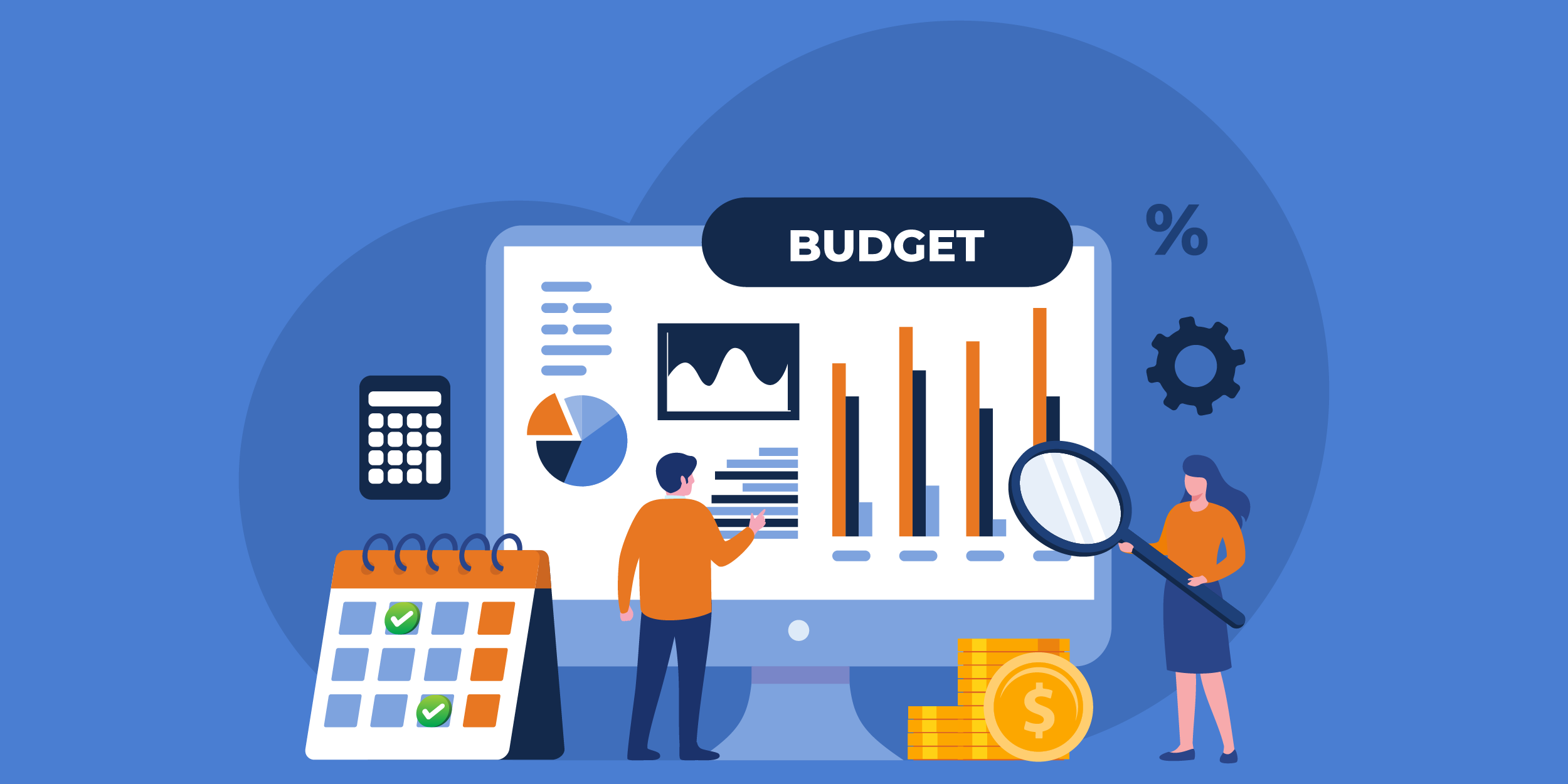Key Considerations to Hit The Ground Running with Your AP Automation

Accounts payable departments ensure that vendors are paid on time and that the goods received by your organization live up to the standards agreed upon. But with frequent approval bottlenecks, lost and misplaced invoices, and monotonous keystrokes spent entering data into your financial system, clear signs become evident that an automated accounts payable solution is now needed.
AP automation software can drastically reduce the amount of time spent on time-consuming tasks such as invoice processing and data entry while providing clear, organized access to documents and information through cloud-based ECM. But how do you know if and when it’s time for you to automate? And how heavily should you invest in it?
Below are two excerpts from our expert guide, Your Ultimate Guide to Accounts Payable Automation, discussing 4 key signs that it’s time to automate accounts payable and the levels of automation available. For more information on accounts payable automation, including challenges and benefits, implementation strategies, and more, check out the full guide.
4 Signs That It’s Time to Automate
1. If your accounts payable-related processes are prone to errors and mistakes, it is a clear sign that the department is stretched too thin. Storing AP documents in easily searchable repositories and automating data entry with document capture can alleviate this pressure, reduce overtime hours, and keep your AP clerks happy while reducing labor costs.
2. If there’s more paperwork to manage than your accounts payable team can handle and processes are being delayed, you should be looking to automate those processes, especially if delays lead to missed early payment discounts or late fees. Investing in an automated solution can reduce the burden even during a workload spike, such as an unusually large amount of invoices to process.
3. If operational costs such as storing, printing, and processing accounts payable documents are increasing beyond your planned budget, automation can contain or even eliminate them, bringing them under control or reducing them tremendously.
4. If your organization has moved to a remote or hybrid model and processes such as invoice approvals are getting bottlenecked due to a reduced ability to collaborate, automation can provide convenient access to invoices, purchase orders, and other documents while routing them to approvers for seamless collaboration.
Getting Started With Accounts Payable Automation
AI-Assisted Capture
Regardless of your process or level of automation, your journey will always start with the transformation of your vendor invoices into useful information. Whether your invoices begin as paper, PDF, or email attachments, they first need to become usable data before any type of automation can begin. You can’t route an invoice for approval or escalate it based on a dollar amount if the system doesn’t have a way to interpret what it sees on the page. Historically, this was done through the use of templates with OCR extraction. While effective, this required that someone build and maintain these templates that would accurately handle this conversion. This meant too much time was spent supporting a system intended to save you time in the first place. Fortunately, the introduction of new technology has changed all that, resulting in much more effective and affordable intelligent document solutions. AI-assisted capture is an extremely cost-effective automation tool for any organization looking to capture invoices accurately. Combining artificial intelligence and machine learning makes the process virtually effortless to set up and eliminates the need for further maintenance. And now that you’ve solved the process of transforming your invoices into valuable information, the opportunities for automation are endless!
Capturing and Filing Documents
This level of automation is an ideal starting point for organizations that just need quick and easy access to documents. Using the magic of AI to extract data from invoices, these records can be securely indexed and routed to an enterprise content management solution. The use of ECM allows you to have anywhere, anytime access to information while ensuring it’s secure and only accessed by individuals with the proper credentials.
Automated Routing
For businesses that have bottlenecked invoice approval processes, approval routing can streamline this process and save tremendous amounts of time. Manual approval processes are tedious and time-consuming, often involving printing invoices, tracking down the approver, and passing these documents along where they can get lost, misplaced, or forgotten about.
Automated routing sends these invoices directly to approvers, who are reminded to attend to them with regular, automated reminders.
Automated 3-Way Matching
3-way matches ensure businesses get what they ordered at the price they agreed to, but in large volumes, matching invoices, purchase orders, and packing slips can take tremendous amounts of paid hours and are prone to potential oversights.
By automating the 3-way match, data from each document is instantly compared, and in the case of discrepancies, employees are notified. This helps businesses do more with limited resources and focus their efforts on mission-critical tasks.
Data Sharing with Financial Systems
Even if invoice data is captured for indexing purposes, some of that information may still need to be manually entered into your company’s financial applications. Sharing data with these applications from your accounts payable automation solution reduces time spent on data entry and eliminates errors that could result from manual keystrokes.
Line Item Data Extraction
For organizations looking to track in-stock inventory and cost data, capturing line item information on invoices can be a beneficial addition to their AP solution. Line item data extraction for invoices lifts data such as specific inventory items, their costs, and the amount delivered, helping organizations that rely on it better fuel their digital transformation.
Some businesses also purchase inventory indirectly, meaning that no purchase order is associated with the invoices for these items. Line item data extraction ensures that these items can still be automatically coded into the general ledger, even without a purchase order.
How Square 9 Can Help
Square 9 Softworks is an industry-leading provider of an AI-powered intelligent document processing platform that takes the paper out of payables and makes it easier to get things done. By combining the best in enterprise content management with workflow automation tools like invoice matching and routing and OCR technology that saves time and prevents costly errors, Square 9 offers intuitive, scalable solutions that will empower your organization for years to come.

